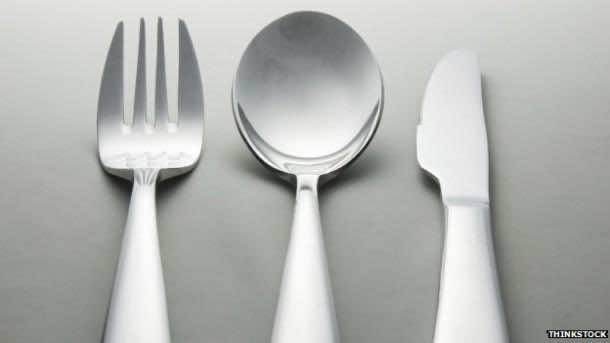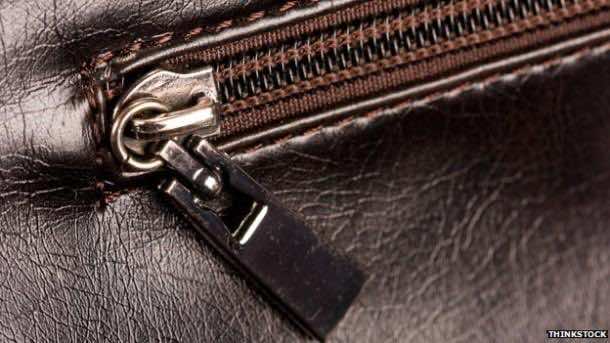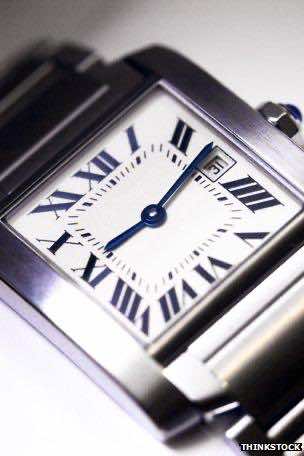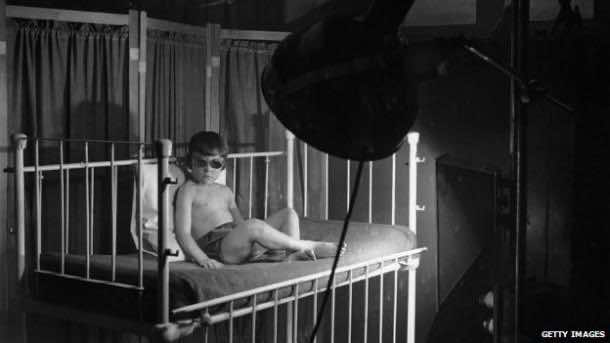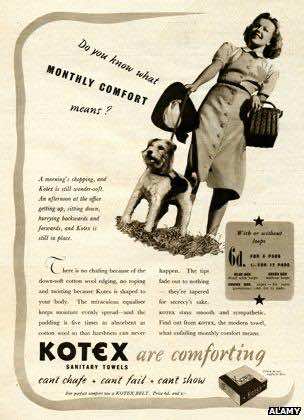Many inventions are created out of necessity, and many of the items we take for granted today were created during war times. During World War I, the majority of the planet was going through a hard time and it was in these times of harshness that a lot of modern day technologies came to be. Here is a look at 10 such inventions that came about during WWI.
1. Pilot Communications
Pilots had no way to talk to each other or to people on the ground before WWI. Aviators relied on gestures or shouting to communicate. Radio technology was available but development was needed before it could be used on a military scale. This took place at Brooklands and then at Biggin Hill. By 1916, noticeable steps had been taken forward in developing radio technology and pilots were able to communicate in a reliable way.
2. Tea Bags
This invention was not invented out of necessity caused by the war, but instead by accident. In 1908, an American tea merchant used to sell tea to his customers in small bags. It is unknown whether they intentionally or accidentally dropped the bags in water, but after that, the tea bag became more than a delivery parcel. A German company did copy the idea and use it to supply troops with tea and called the package a “tea bomb”.
3. Stainless Steel
This major component of the modern world was created by Harry Brearley of Sheffield in 1913. The British military was having trouble with the barrels of their rifles which became distorted with repeated firing, and so Brearley, a metallurgist, was asked to find a solution. He examined the addition of chromium to steel and scrapped many of his experiments, but it is rumored that these very scraps are what were to become the success when Brearley noticed that they had not rusted.
4. Zips
People had been working combinations of hooks, clasps and eyes to keep the cold out since the mid-nineteenth century. But a Swedish-born emigrant to the US by the name of Gideon Sundback, was the one who succeeded in his attempts. He devised the “Hookless Fastener”, which locked the two sets of teeth together with its slider. The US military used this new invention in their uniforms and boots during WWI and after the was, civilians followed in using the zip.
5. The Wristwatch
Wristwatches were not invented specifically for World War I, but before it, men who could afford a watch, kept it in their pockets on a chain. Women were the first to use watches that strapped onto their arms. But as timing in war became important, there was a need for a watch that would allow for both hands to be kept free. Timing was key in artillery barrages, so that the artillery and infantry could synchronize. It was out of this necessity that the wristwatch was born and even till today, men wear it as a sign of luxury and punctuality.
6. Vegetarian Sausages
The soy sausages were invented by Konrad Adenauer (who would later become Germany’s first chancellor after WWII). Adenauer was mayor of the city of Cologne during WWI, and as Britain’s blockade of Germany began to settle its teeth, starvation set in. Adenauer had a brilliant mind and he found ways to substitute materials that were scarce with materials that were available. Instead of wheat, he used rice flour, barley and corn flour to make bread. He then went on to replace meat with sausages that used soy as a meat substitute. It was dubbed the “peace sausage”.
7. Daylight Saving Time
Although the idea of putting the clocks forward in spring and back in autumn was proposed way before WWI by Benjamin Franklin, it was the war that secured the change. When Germany was faced with a shortage of coal, the authorities decreed that on April 30, 1916, the clocks be moved forward at 23:00 to midnight, hence saving the daylight and reducing their reliance on coal. The idea later spread to other countries and even though the idea was abandoned after the war, it would return again.
8. Sun Lamp
Rickets had inflicted half the children of Berlin in the winter of 1918, causing their bones to become soft and deformed. The cause was believed to be poverty, but Dr Kurt Huldschinsky went on to find out a way to fix the problem. He noticed that his patients were very pale and conducted an experiment by placing four of them in front of mercury-quartz lamps which emitted ultraviolet light. He noticed that his patients’ bones grew stronger and soon the treatment was widely used to treat the children of Germany. Researchers later found that ultraviolet light triggered the reaction which allowed Vitamin D to let the bones build up with calcium.
9. Sanitary Towels
Cellucotton had been invented before the war. It was a material that had five times the absorbency of cotton and could be mass produced at half the price. When the war broke out, it was produced at a rate of 380-500 ft per minute and used as wadding for surgical dressing. The Red Cross nurses on the battlefields found the benefits of the material for their own personal, hygienic use, which made the company its true fortune after the war. Two years after the war ended, the company marketed its product as sanitary napkins for women.
10. Paper Hankies
The sanitary pads were not easy to market, as women did not feel comfortable buying the product from male shop assistants. The company created methods to allow people to purchase the items discreetly, but sales did not rise very quickly. Then, in the early 1920’s, the idea of ironing the cellulose material to create a smooth and soft tissue was conceived. After a lot experimentation, the facial tissue was created with the name “Kleenex” in 1924.




